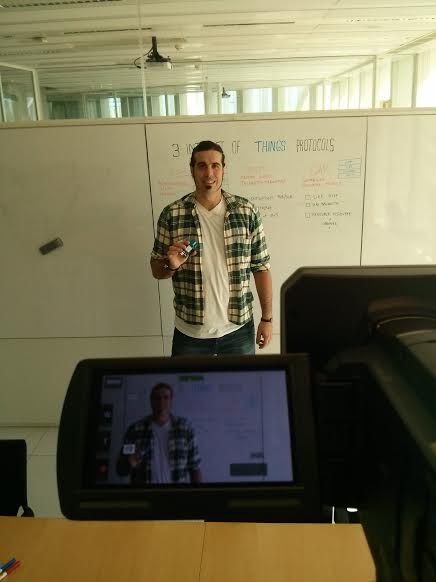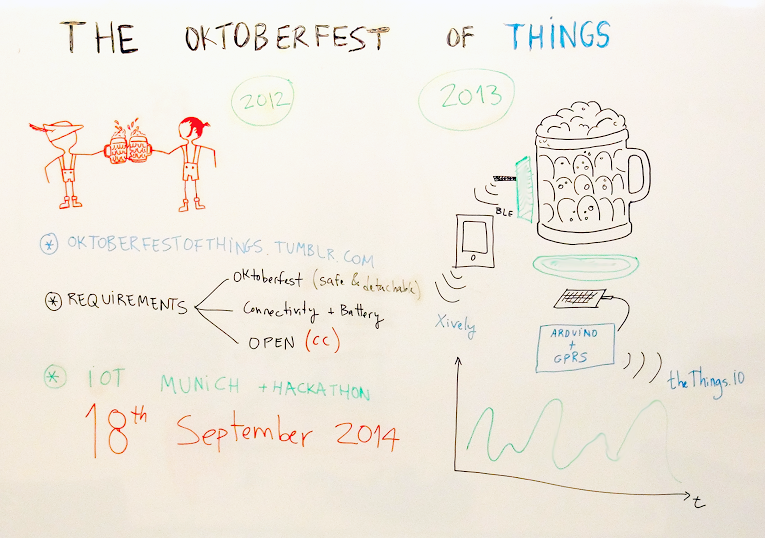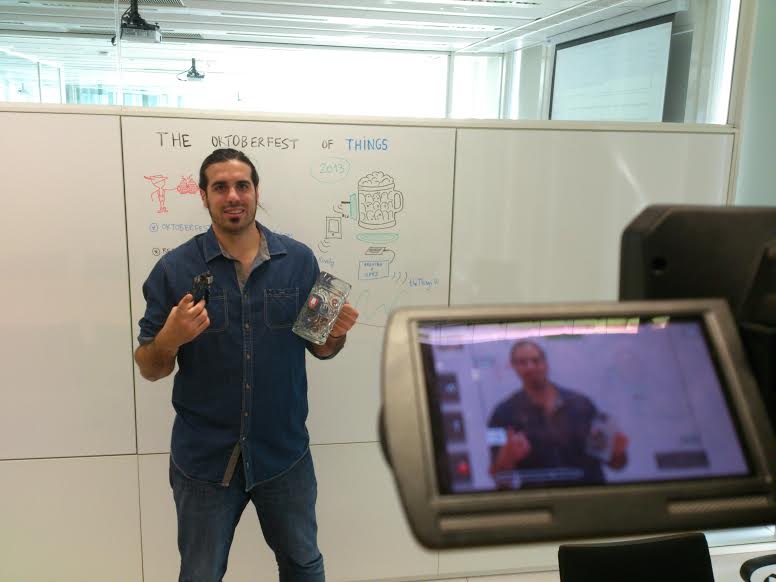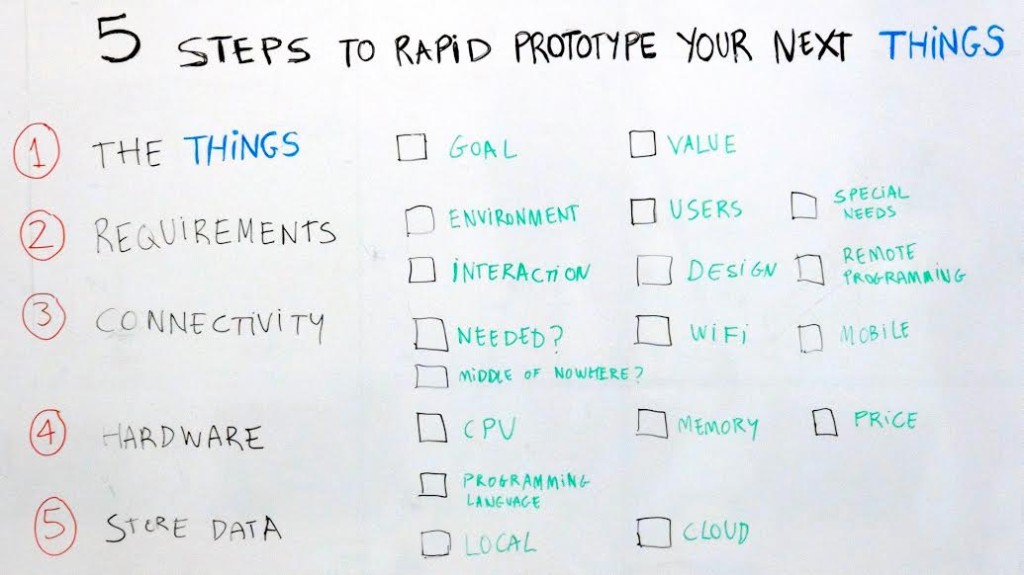HackLeumi & thethings.iO
Shalom hackers and makers of the HackLeumi hackathon 2014. We are sad to say that we will not be able to attend the HackLeumi at Tel Aviv in Israel for this reason we will be writing this post instead of our usual #iotfriday.
In this post, we will guide you through the tools and APIs of thethings.iO. We want to help everyone succeed at the hackathon and win the prizes being offered this year. In our video below we will tell you how to register, how to connect things (or processes) and finally how to contact us in case you have any problems.







